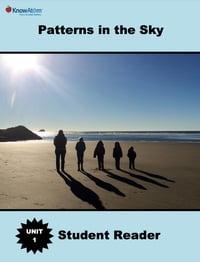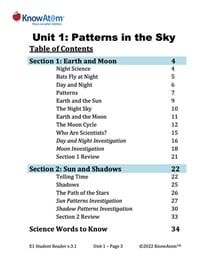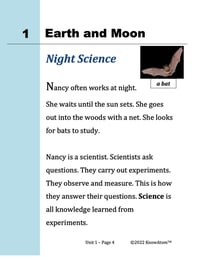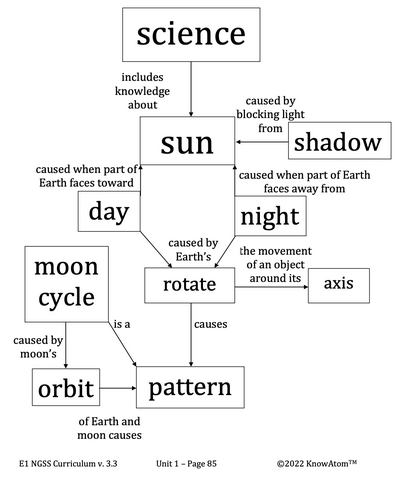In this unit, students explore the phenomena of patterns in the appearance and motion of the sun, moon, and stars in the sky. They begin by modeling Earth’s position in the solar system relative to the sun and the moon. Then students use their model to explain why day and night happen in a regular and repeated way.








